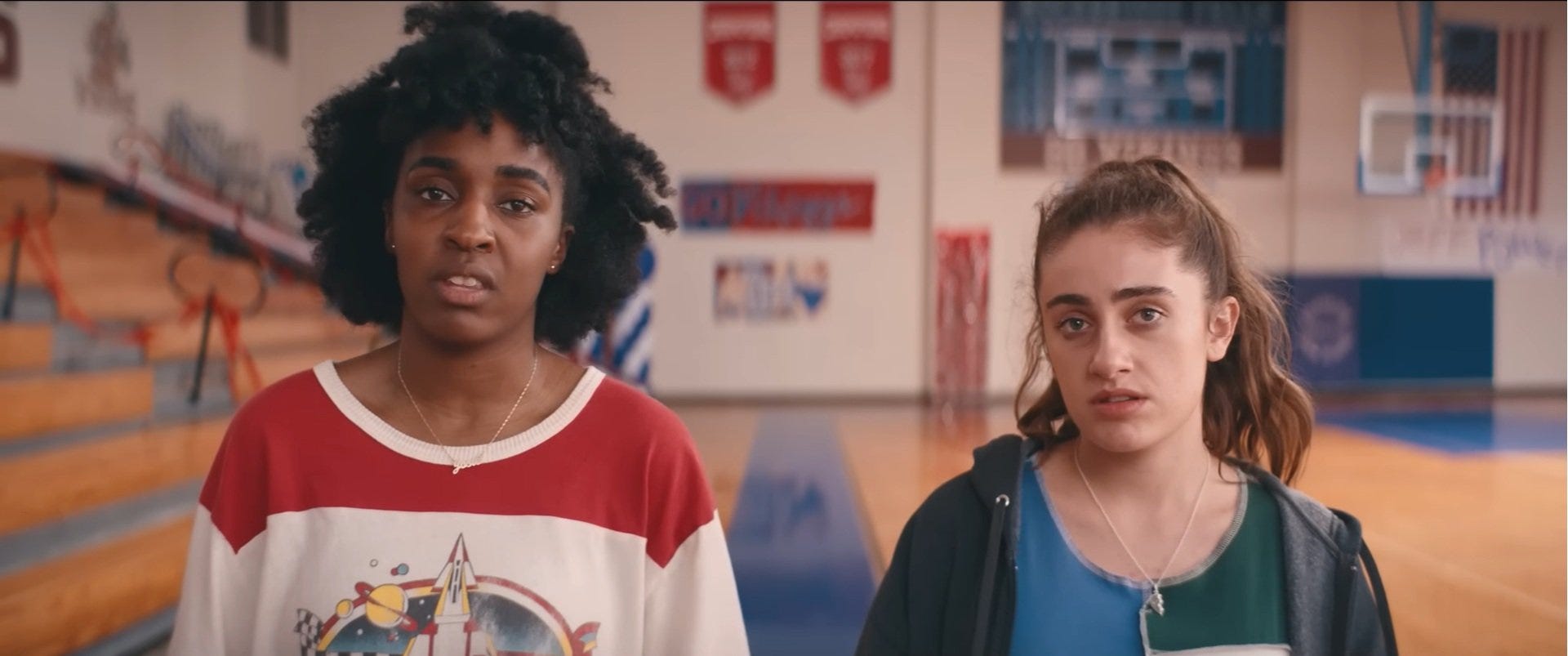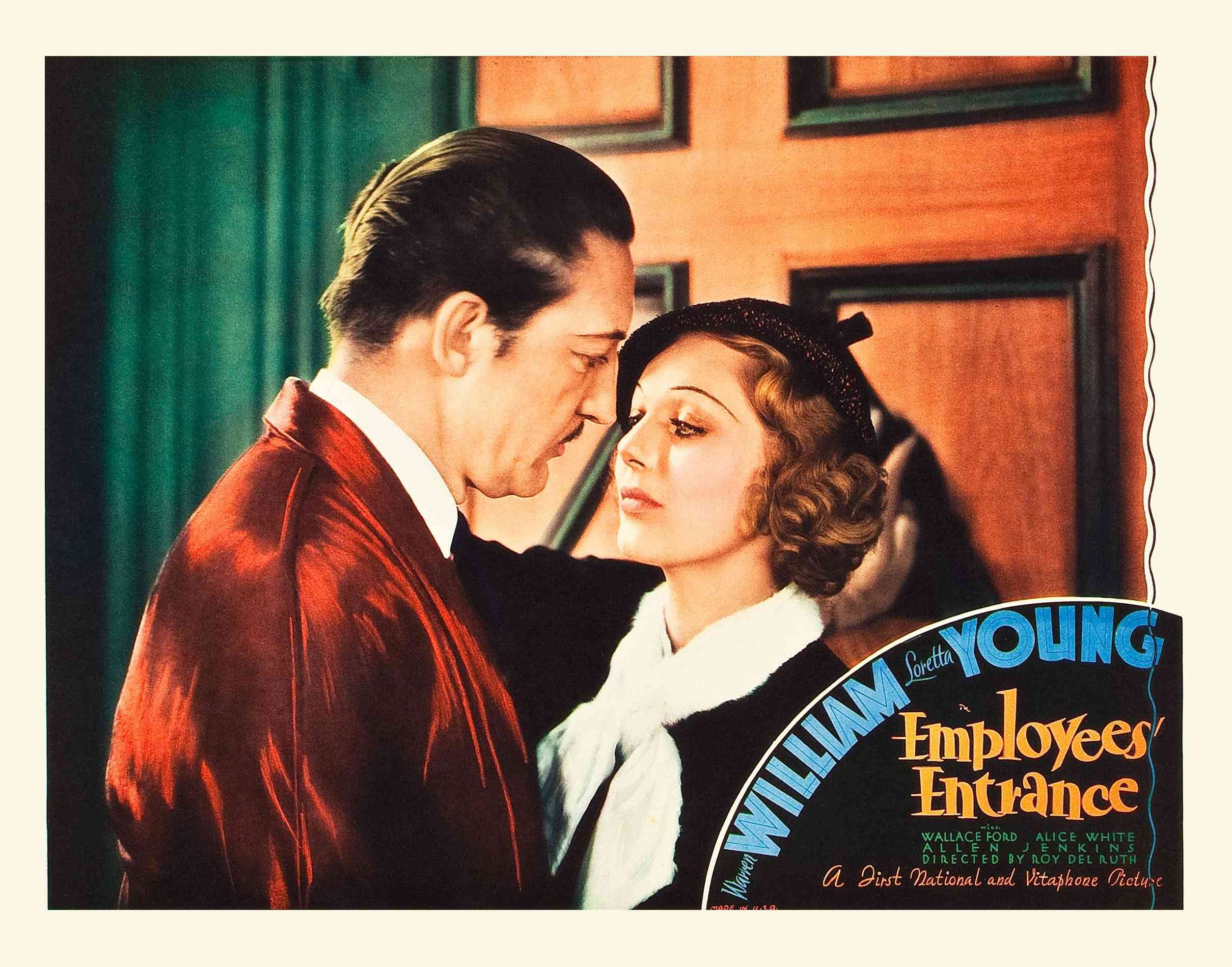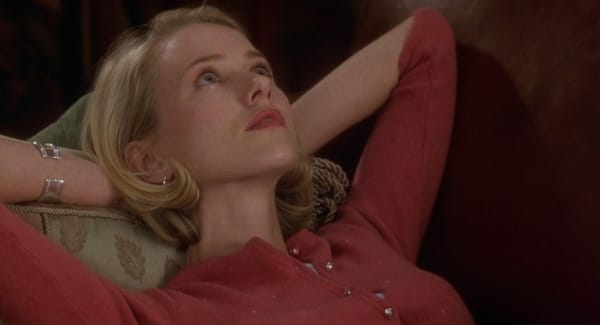What to Watch: "Bottoms"
For when you're in the mood for a good, dumb, smart lesbian fight club flick.

When I was a post-collegiate lad in 1980s New York, my first real job – the kind my mother could tell her friends about – was in audience research and programming at HBO/Cinemax, where I put in five years as a “film evaluator.” That title translated to “in-house movie critic,” more or less; I and five other hardy souls would watch all the new-release movies and the many older movies submitted to the acquisitions department and write up two-page reports recommending whether the films in question should be bought for the services, how they might be scheduled and promoted, etc. There was a guy who dealt with the classics libraries, a woman who mostly handled documentaries, and because I was the new kid, I got handed a lot of the straight genre stuff: B-action bone-crunchers, hot rod flicks, and what were known in-house by the rubric “stu-coms,” short for “stupid comedies.” (Also: I was in charge of choosing the softcore movies aired under the late-night “Friday After Dark” umbrella. Yes, I was the Skinemax guy. Subject for a future column.)
Before Judd Apatow took them mainstream in the new century, stu-coms were at their cultural peak in the 1980s. A defiantly moronic subgenre arguably kicked off by “National Lampoon’s Animal House,” most of them took place in high school among gaggles of sex-obsessed adolescents. “Porky’s” was the real starting gun, “Risky Business,” “Heathers,” and “Fast Times at Ridgemont High” were probably the best of the bunch, and then there were the rest: “Screwballs,” and “Loose Screws,” “My Tutor” and “My Chauffeur,” “Losin’ It” and “Getting It On” and “Goin’ All the Way.” They featured a lot of up-and-coming young actors and actresses, had no redeeming social or artistic value whatsoever, and racked up huge Nielsen numbers whenever they were scheduled on pay cable. I became something of a connoisseur as both a requirement of my job and, after a while, an expert. and enthusiast.
All of which is a roundabout way of saying Emma Seligman’s “Bottoms,” now playing in theaters, proudly waves the tattered standard of the classic 1980s stu-com while updating it for a rainbow-friendly new millennium. It is vulgar. It is violent. It is booty obsessed. It is willfully cartoonish and bears little resemblance to anything connected to reality.
I kind of loved it. It’s a movie that my head gives ⭐ ⭐ and my heart gives ⭐ ⭐ ⭐ 1/2.

Seligman directed “Shiva Baby” in 2020, a film that looks like “Citizen Kane” in comparison to “Bottoms.” That movie’s star, Rachel Sennott, co-wrote the new film’s script with Seligman and plays P.J., the louder and more obnoxious half of the central buddy duo. (Is the character’s name a shout-out to the great ‘80’s stu-com actress P.J. Soles? I sure hope so.) Playing her shyer, more awkward friend Josie is Ayo Edebiri, one of the many treasures unearthed by the Hulu series “The Bear.” Sennott and Edebiri have apparently been real-life pals since college and carom off each other with the rude familiarity of friends who’ve seen each other drunk more than once. They’re hardly believable as high school seniors, but who cares?
In the universe of “Bottoms,” P.J. and Josie are lesbian BFFs who are at the bottom end of the social pig-pile. “No one hates us because we’re gay,” P.J. says. “They hate us because we’re gay, untalented, and ugly.” Despairing of ever hooking up with the hot girls – “If it’s not happening here, it’s definitely not happening at Emerson,” bemoans Josie – they manage through a series of misunderstandings that is so not worth getting into to start a self-defense social club for the purposes of encouraging female empowerment and solidarity. Or, as someone else puts it, “you started a fight club so you could fuck cheerleaders.”
The best stu-coms, of course, are only pretending to be dumb (they just have to be really good at it). The dozens of little zingers Seligman and Sennott put into the script show where the movie’s brains are really at: The history teacher (Marshawn Lynch) who barks “The Holocaust. It happened.” and that’s it, that’s the class. (He also subscribes to “Divorced and Happy” magazine). Josie’s cheerful description of allyship: “You just say you’re going to be an ally and then you don’t do any of those things.” The nods to high-school-lesbian-comedy forerunners like 1999’s “But I’m a Cheerleader” and its star Natasha Lyonne. A brilliant pop-music needle-drop that turns the cliched third act best-friends-have-a-fight scene into a perfect parody of itself. (The song in question will be instantly recognizable to any woman in her late 20s who was an angry pre-teen in 2003 – or to her parents.)
I don’t want to sell the movie as any sort of aesthetic endeavor. “Bottoms” is reprehensible, and in its final scenes it barely even makes sense. But is it funny? It’s funny enough, and that is all a stu-com truly requires. I’m not advising you to rush out to see this film in the theater (although I’m not not advising you, either). But when it surfaces like flotsam on cable or VOD, you owe it to your shameless, pre-taste teenage self to give it a go. Tell ‘em Ty from Cinemax sent you.

Classic of the Week: I’m annoyed because I wanted to pick out a raunchy Pre-Code classic to pair with “Bottoms” – if only to show how the roots of misbehaving women go farther back in film history than most people acknowledge – and “Employees’ Entrance” (1933, ⭐ ⭐ ⭐ 1/2), a shockingly frank drama of workplace harassment in a big city department store, just left the WatchTCM VOD service yesterday and is unavailable elsewhere. Keep an eye out for its eventual reappearance on Turner Classics. “Three on a Match” (1932, ⭐ ⭐ ⭐), featuring Bette Davis, Joan Blondell, and Anne Dvorak as gal pals, a cocaine subplot, and a young, thuggish Humphrey Bogart, is also MIA on VOD. In their stead, I give you the much better-known “Baby Face” (1933, ⭐ ⭐ ⭐), rentable on Amazon, Apple TV, YouTube, and elsewhere, in which Barbara Stanwyck sleeps her way to the top of a department store floor by floor and office by office. Look for an absurdly youthful John Wayne as one of her conquests and a hinted-at lesbian relationship with Theresa Harris, a fascinating actress whose rocky Hollywood career was an inspiration for Lynn Nottage’s 2011 play “By the Way, Meet Vera Stark.”
Have a great long weekend! If you’ve found today’s newsletter at all useful, won’t you consider supporting the Watch List by becoming a paid subscriber?
As usual, your comments, stray or otherwise, are welcome.
If you enjoyed this edition of Ty Burr’s Watch List, feel free to pass it along to others…
Or give a paid Watch List gift subscription to your movie-besotted friends…
Or refer friends to the Watch List and get credit for new subscribers. When you use the referral link below, or the “Share” button on any post, you'll:
- Get a 1 month comp for 3 referrals
- Get a 3 month comp for 5 referrals
- Get a 6 month comp for 25 referrals. Simply send the link in a text, email, or share it on social media with friends.





